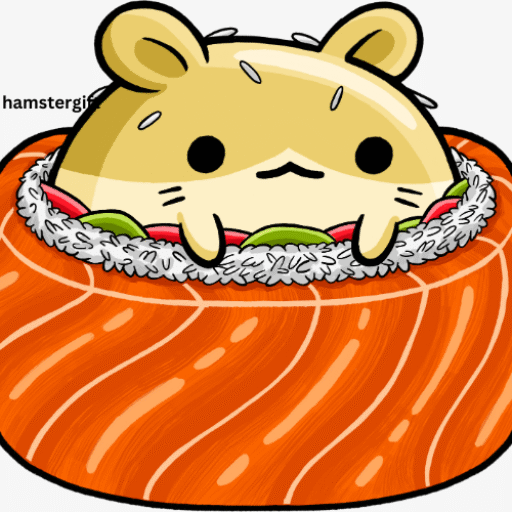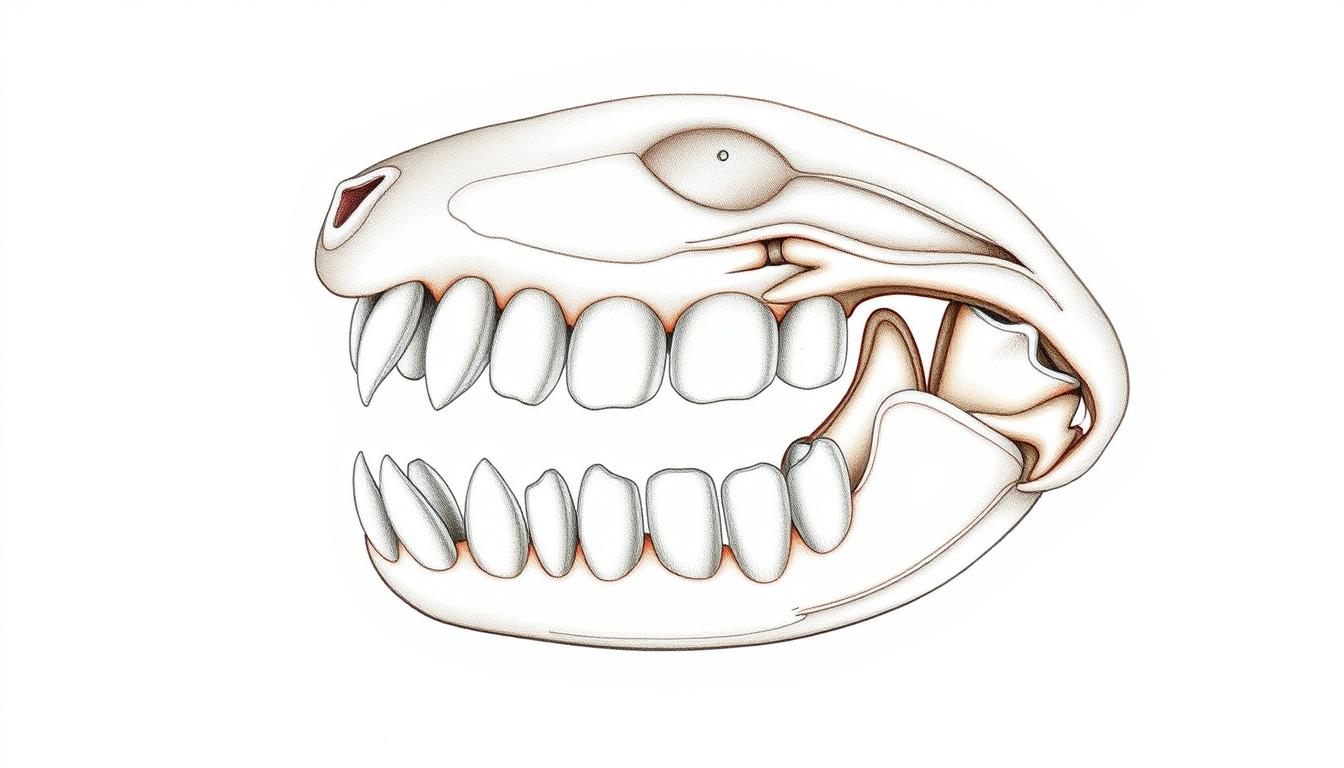Okay, here’s an article about overgrown hamster teeth, following your specified headings, paragraph count, and style guidelines.
Hamsters are adorable little creatures, and part of their charm is their tiny, busy mouths. But those mouths can sometimes get into trouble, specifically with their teeth. Hamsters have incisors that continuously grow throughout their lives, and they rely on constant gnawing to keep them trim. When they don’t gnaw enough, or if their teeth are misaligned, those incisors can become overgrown, leading to a host of problems for your furry friend. This article will help you spot the signs of overgrown hamster teeth, so you can get your little buddy the help they need. It’s important to catch this early, as overgrown teeth can cause pain, difficulty eating, and even lead to infections. So, let’s dive in and learn what to look for!
Hamster Chompers Gone Wild: Uh Oh, What’s Happening?
Hamster teeth are a fascinating thing. They’re constantly growing, like our fingernails, but unlike us, hamsters need to wear them down. This happens naturally through chewing on hard foods and toys. Think of it like a tiny, built-in filing system!
But sometimes, this system malfunctions. Maybe your hamster isn’t getting enough hard chews, or perhaps their teeth are misaligned from birth or an injury. Whatever the reason, the teeth start to grow unchecked.
This unchecked growth is what we call "overgrown teeth." It’s a common problem in hamsters, especially older ones, and it can have a big impact on their health and well-being.
The problem lies not just in the length, but also in the shape and position of the teeth. They can become curved, jagged, and even grow into the roof of the mouth or the tongue, causing significant pain and discomfort.
So, what does this "gone wild" situation actually look like? Keep reading to find out how to spot those tell-tale signs of overgrown chompers. It’s all about knowing what’s normal and what’s not.
Ultimately, being aware of this issue is the first step in ensuring your hamster lives a happy and healthy life. A little observation can go a long way in preventing serious complications.
Buck Teeth City: Is Your Hamster’s Smile a Bit Too Big?
Imagine your hamster’s usual adorable little face. Now, picture those tiny incisors, the ones at the front, sticking out way further than they should. That’s the "Buck Teeth City" look we’re talking about. It’s a pretty clear indication that something’s not right.
Normally, a hamster’s incisors are short and neatly aligned. They allow the hamster to easily grab and gnaw on food. But when they become overgrown, they can stick out noticeably, making your hamster look like they’re sporting a pair of oversized chompers.
The "buck teeth" appearance isn’t just about length, though. It’s also about the angle. Overgrown teeth often curve outwards, away from the mouth, making them even more prominent.
This exaggerated smile can make it difficult for your hamster to close their mouth properly. You might notice them struggling to keep their lips closed, or constantly licking their mouth.
This can also lead to your hamster’s mouth drying out more easily, which isn’t comfortable for them. A healthy hamster should have a neat and tidy mouth area, not a perpetually open and exposed one.
So, if you’re noticing that your hamster’s "smile" seems a bit too big, or their teeth are sticking out further than usual, it’s time to take a closer look. It could be the first sign of overgrown teeth.
Gnawing Nightmare: When Hamster Teeth Get Out of Control
The very thing that’s supposed to keep hamster teeth healthy – gnawing – becomes a source of frustration and pain when teeth are overgrown. Imagine trying to eat with teeth that are constantly getting in the way! That’s the "Gnawing Nightmare" your hamster might be experiencing.
When teeth become excessively long, they can interfere with the hamster’s ability to properly grasp and chew food. They might try to gnaw, but the teeth are so long that they can’t get a good grip, or they end up poking themselves.
This can lead to a frustrating cycle: the hamster needs to gnaw to wear down their teeth, but the overgrown teeth make gnawing difficult and painful. It’s a vicious circle that only gets worse without intervention.
The overgrown teeth can also cause the hamster to develop unnatural gnawing habits. They might try to gnaw on the bars of their cage excessively, or even on themselves, in an attempt to relieve the discomfort.
This abnormal gnawing can further damage their teeth and gums, leading to even more problems. It’s like trying to fix a problem with the very tool that’s causing it.
So, if you notice your hamster struggling to gnaw, or exhibiting unusual gnawing behaviors, it’s a strong indication that their teeth are overgrown and causing them a "Gnawing Nightmare."
Super Long Incisors: Spotting the Signs of Overgrowth
The most obvious sign of overgrown teeth is, well, their length! Healthy hamster incisors are relatively short and even, but overgrown incisors can become dramatically long, sometimes extending far beyond the hamster’s lips.
Think of it like this: imagine your own front teeth suddenly doubling or tripling in length. It would be quite a sight, and certainly not comfortable! The same goes for your hamster.
These "super long incisors" can be easily spotted during a quick visual check. Gently examine your hamster’s face, paying close attention to the length of their teeth.
Compare the length of their teeth to photos of healthy hamsters online. This can give you a good baseline for what’s considered normal.
Don’t just look at the length, though. Also, observe the overall shape and direction of the teeth. Are they straight, or are they curving excessively?
If you’re unsure, it’s always best to err on the side of caution and consult with a veterinarian experienced in treating small animals. They can accurately assess the length and condition of your hamster’s teeth.
Teeth That Won’t Quit: Are They Curving the Wrong Way?
It’s not just the length of the teeth that matters, but also their shape. Healthy hamster teeth are relatively straight, but overgrown teeth often curve in unnatural ways. Think of them like tiny, overgrown tusks!
These "teeth that won’t quit" can curve inwards, towards the mouth, potentially poking the tongue or the roof of the mouth. This can cause significant pain and irritation.
They can also curve outwards, away from the mouth, making it difficult for the hamster to close their mouth properly. This can lead to dry mouth and difficulty eating.
Sometimes, the teeth can even curve sideways, creating a misaligned bite that makes it impossible for the hamster to chew effectively.
Imagine trying to eat with teeth that are constantly poking you or getting in the way. It would be incredibly frustrating and painful!
So, pay close attention to the shape of your hamster’s teeth. If they’re curving in any direction, it’s a sign that they’re overgrown and need attention.
Yellow and Jagged: A Close-Up Look at Problem Teeth
Healthy hamster teeth are typically a light yellow or ivory color. However, overgrown teeth can sometimes become darker, more yellow, or even brownish in color. They can also develop a rough, jagged surface.
This change in color and texture can be due to a number of factors, including poor diet, lack of proper gnawing, and the buildup of plaque and tartar.
The "yellow and jagged" appearance is a sign that the teeth are not being properly worn down and cleaned. The rough surface can also trap food particles, leading to bacterial growth and potential infections.
Run your finger along the teeth and if they feel jagged and rough, that is a sign of overgrown teeth.
The jagged edges can also irritate the hamster’s gums and cheeks, causing inflammation and discomfort. Imagine having a constant source of irritation inside your mouth!
So, if you notice that your hamster’s teeth are becoming darker, more yellow, or developing a rough, jagged surface, it’s time to take action. It’s a clear sign that their teeth are not in good condition.
Food Fight Failure: Can’t Chew? Teeth Might Be the Culprit
One of the most obvious signs of overgrown teeth is difficulty eating. If your hamster is struggling to chew their food, dropping pieces, or avoiding hard foods altogether, their teeth might be the problem.
Imagine trying to eat a crunchy carrot with teeth that are too long or misaligned. It would be nearly impossible! The same goes for your hamster.
This "food fight failure" can manifest in several ways. Your hamster might pick up a piece of food, try to chew it, and then drop it in frustration.
They might also avoid hard foods like pellets or seeds, preferring softer foods like vegetables or baby food. While these softer options are easier to eat, they don’t provide the necessary gnawing action to keep their teeth trimmed.
You might also notice your hamster taking longer to eat their meals, or eating less overall. This can lead to weight loss and other health problems.
So, if you’re noticing that your hamster is struggling to eat, or exhibiting any of these "food fight failure" behaviors, it’s important to check their teeth. Overgrown teeth are often the culprit.
Drool Drama: Excessive Saliva and Teeth Troubles
Another sign of potential teeth problems is excessive drooling. If you


